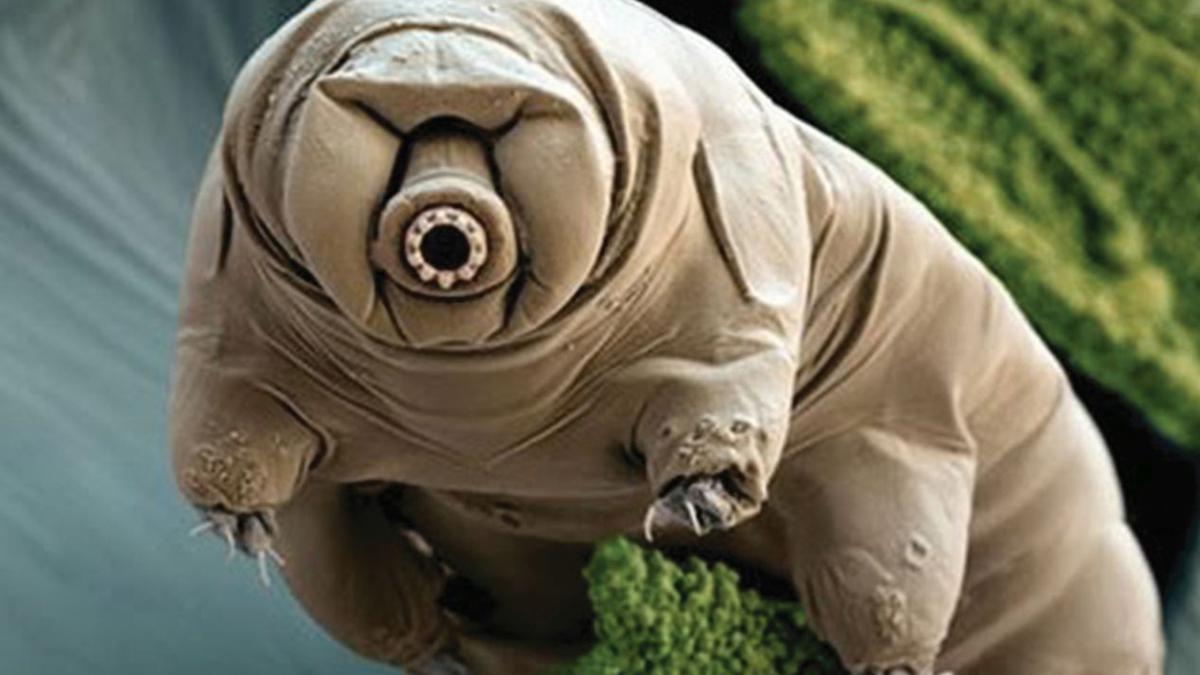
If tardigrades crowd-sourced their remarkable genes, can humans? Premium
The Hindu
Tardigrades, resilient microscopic creatures, inspire scientific research with potential applications in medicine, biotechnology, and beyond.
Tardigrades are one of the most resilient as well as enigmatic life forms on the earth. These organisms, also called water bears and moss piglets, are microscopic eight-legged creatures without a backbone.
They inspire awe with their remarkable ability to survive in extreme environments, including areas so very radioactive that they are easily lethal to humans. They can also survive starvation, lack of air and water, and subzero temperatures.
Belonging to a phylum of their own (Tardigrada), these remarkable creatures inhabit some of the more extreme ecosystems on the planet, from the frigid expanses of the Arctic and deep-sea floors to scorching deserts and even the vacuum of space. Researchers have identified more than 1,300 tardigrade species to date; each species is uniquely adapted to conditions that would be deadly to most other forms of life.
Evolutionarily, the tardigrades are an ancient species. The earliest known fossils date from around 90 million years ago, in the Cretaceous Period. Molecular dating suggests they originated at least 600 million years ago.
When facing hostile environments, tardigrades can enter a state called cryptobiosis, effectively pausing almost all their biological processes and lingering in a state of suspended animation. This peculiar state allows them to tolerate extreme dryness, intense radiation, and freezing. Tardigrades’ ability to survive radiation is due to specialised mechanisms that can shield their genetic material from damage. In fact, they don’t just survive otherwise hazardous radiation: they are able to recover and resume normal life.
Their features have rendered tardigrades a subject of intense scientific study. Researchers hope unlocking the secrets of their specialised survival mechanisms will pave the way to advances in human medicine, space exploration, and others.
Research has indicated the presence of many mechanisms that help tardigrades, and insights into them are expected to hold great biomedical and industrial value. For example, researchers have of late been discussing the role of a specific class of proteins: these proteins have flexible bodies and don’t have an intrinsic structure. Thus they have been named intrinsically disordered proteins.













